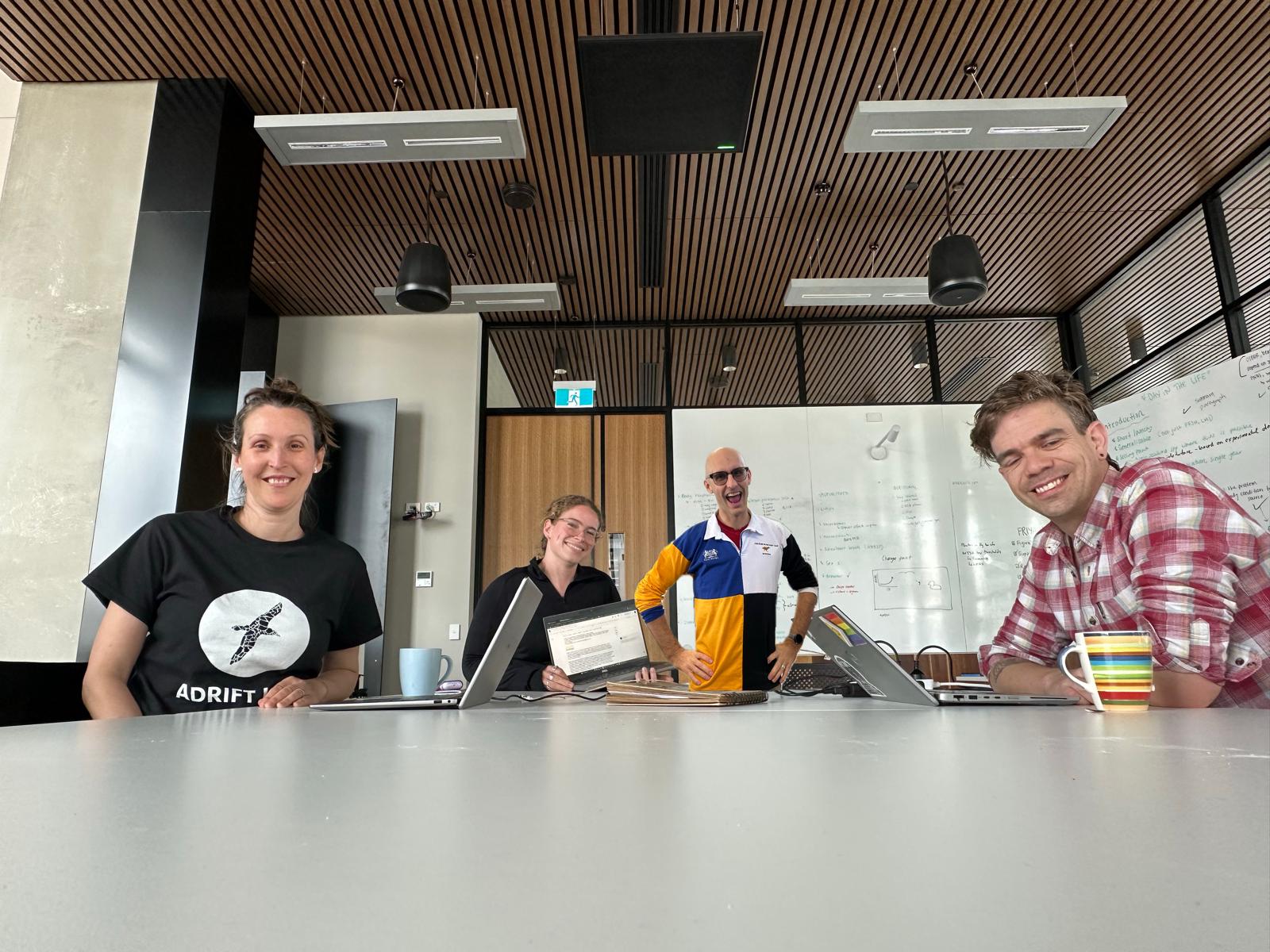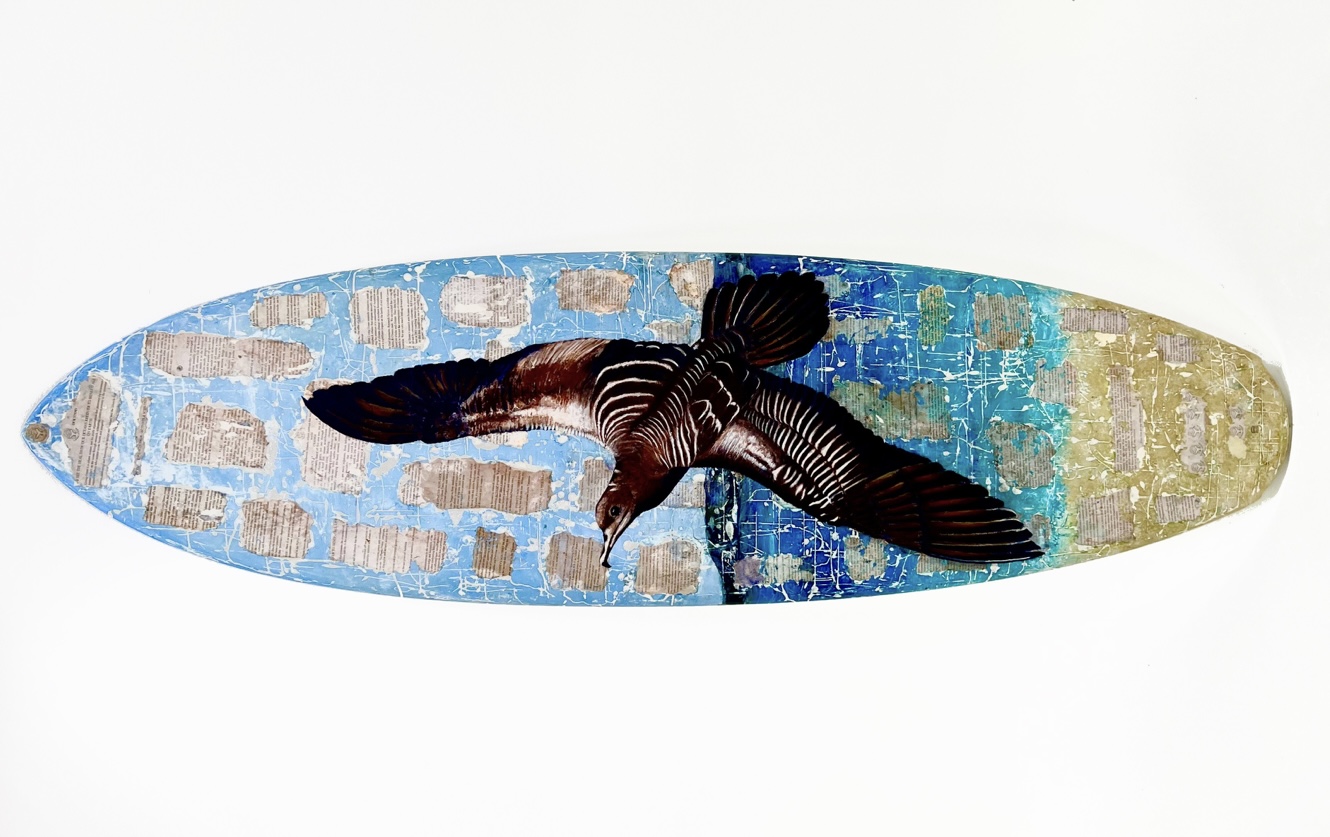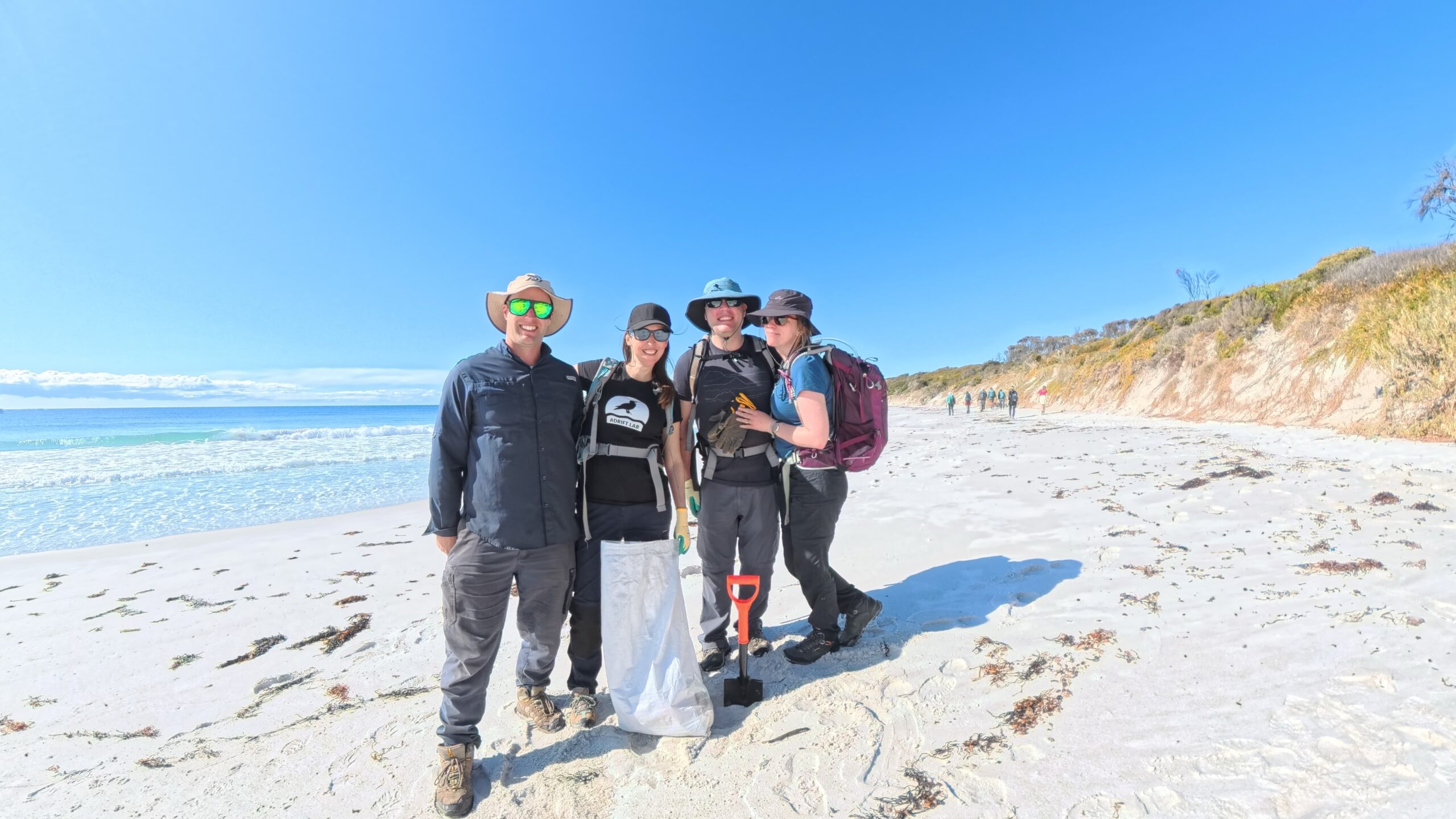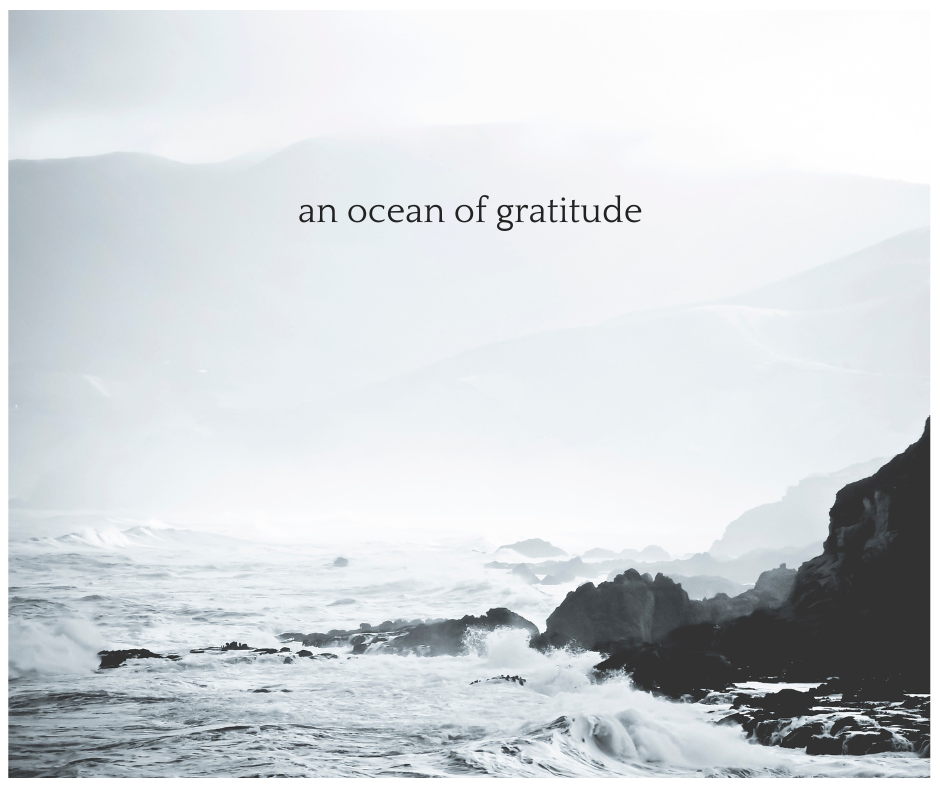The Hermits are Hurting – New Paper Published
A new paper has been published by Adrift Lab researchers Dr Jennifer Lavers and Dr Alex Bond detailing the often fatal impacts of plastic pollution on hundreds of thousands of hermit crabs on tropical islands. The paper describes the process of hermit crabs becoming entrapped in plastic debris from which they are almost always unable to escape.
“Globally, there is an urgent need to establish a clear link between debris interactions and population persistence, as loss of biodiversity contributes to ecosystem degradation.”
The paper continues on from previous research on the ecological impacts of plastic pollution by Adrift Lab researchers. The findings of this study strengthen the link between debris interactions and population persistence, and reiterate the importance of further research and taking action to reduce the use of plastic and its spread throughout our global environment.
We graciously acknowledge the following groups and individuals who generously donated time, funds, or other forms of support to the Cocos and Henderson expeditions. Without them, neither project would have been possible. The list is long, and we sincerely apologize in advance for anyone we may have forgotten!
Acknowledgements: A. Fidler, Tangaroa Blue Foundation, the Government of Western Australia (Dept. of Environment Regulation), Keep Australia Beautiful, Plastic Free July (R. Prince-Ruiz), Sea Shepherd Marine Debris Australia (especially Liza & Mike Dicks), and the local Cocos and Pitcairn communities (particularly Trish Flores, Emma Washer and the Big Barge Art Co, Kylie and Ash James from Cocos Adventure Tours, C. Edwards, M. Lenane, and Jay Warren) and the 2019 Henderson expedition team (especially Johnny Briggs and Robin Shackell) for generously providing logistical support. We are grateful to Mandy Barker Photography for providing one of the images in Fig. 3 of the published article. We thank Brett Howell and The Explorers Club for enabling the 2019 voyage to Henderson was honoured as an official ‘Flag Expedition’. Finally, we thank P. Clark (Natural History Museum) for assistance with species identification. Funding for this study was generously provided (directly or in-kind) by the Detached Cultural Organization, Howell Conservation Fund, Sea Shepherd Marine Debris Australia, Valpak, Toughsheet Environmental, the Pew Trusts, CEFAS, the UK Foreign and Commonwealth Office (Blue Belt Programme and Pitcairn Island Office), Architectural and Community Planning Inc, the Zoological Society of London, Schwab International, and the Two Hands Project.
Subscribe for updates
Keep up to date with what we’re working on! We’ll send you emails about the lists you opt in to, and you can unsubscribe at any time.





